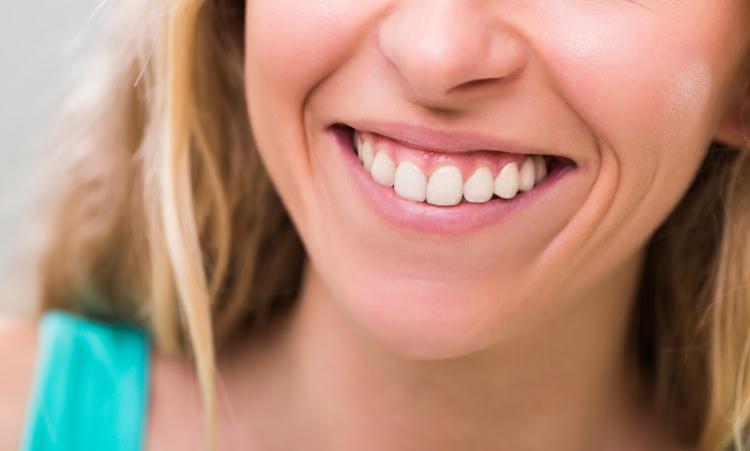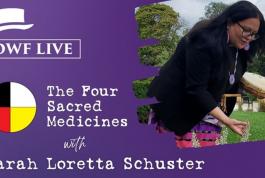Tooth staining and discoloration is a common concern or complaint for many dental patients with many solutions depending on the type and cause of the discoloration.
Staining can be divided into 2 main categories: Extrinsic and Intrinsic.
Extrinsic stain is generally superficial to the outermost surface of the tooth or enamel and is commonly caused by topical agents over extended periods of time. This stain can be quite tenacious and often regular home care and brushing is not enough to remove. Common culprits may include smoking, coffee/tea, red wine, cola, dark fruit juices including cranberry, blueberry and grape, dark berries and beets, spices including curry and turmeric. Medications, mouthwashes, minerals, and supplements can also cause superficial stains.
Intrinsic stain is a discoloration beneath the enamel where particles accumulate within the deeper tissues of the tooth where the enamel may be compromised and can be caused by the same external agents as extrinsic stain but on a deeper level. Discoloration and some stain may be caused during fetal development, be congenital or caused by trauma.
Here are 7 Simple Steps to Help Keep Your Teeth Sparkling White:
- Staining caused by high consumption of certain foods and beverages should be limited or substituted with an alternative where possible.
- Avoid acidic beverages like sodas and water with lemon or lime added, and rinse your mouth with water following consumption.
- Use a straw when drinking cold beverages that may stain your teeth.
- Chewing gums or pastilles containing xylitol, a sugar substitute, can help stimulate saliva production which will help to cleanse your mouth.
- Eat plenty of crunchy fruits and vegetables like carrots, apples, and celery. These will boost saliva protection and scrub the teeth acting as a natural stain remover.
- Brush your teeth a minimum of 2x daily or as recommended by your dentist. More frequent brushing will help minimize staining accumulation.
- See your dentist/hygienist regularly to keep tissues healthy, remove calculus and plaque build-up and remove stain.
For those who have tenacious stains that cannot be removed by regular hygiene and home care measures, there are many at home and in-office options. These include toothpastes, whitening gel pens, whitening strips, and gels at a concentration of 8% hydrogen peroxide. Caution should be used with at-home whitening products and be used according to the manufacturers recommendations as these can be abrasive with prolonged use and may cause sensitivity of the teeth and gums with prolonged use.
There are also many professional whitening techniques offered in the dental office including polishing techniques, universal whitening trays, custom whitening trays and BOOST whitening. These products and techniques offer applications of 10-45% carbamide peroxide or hydrogen peroxide typically requiring less wear time or a one-time office appointment to see results.
Consultation with a registered dental professional is recommended to determine the best product or application for individual needs and to discuss any contraindications.
This article was submitted to OnRichmondhill.com by Cortney – Office Manager at Red House Dental









